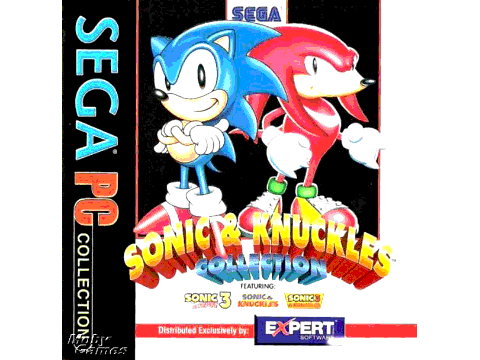For me, I don't care about "#-bit" this and "#-bit" that. I throw away the "bit" labels and just call it chipmusic. Except for 1bit the only truebit all hail!
Edit: also, I've had the same kind of idea as you about what "8-bit" music is. Mostly it was based on the NES and Gameboy sound model. "okay so I want to make an 8-bit song okay I can only have 3 monophonic instruments and some noise drums, maybe a sample cuz I remember that from Super Mario Bros 3... yeah the rule of 3 cuz sprites only had three colors right? but what about megaman? And there was an electric guitar in Contra I'm pretty sure argh this is so confusing" and all that kind of stuff.
Once you stop thinking "8bit" and start thinking "chipmusic" it opens up so many more palettes of sounds that you have at your disposal.
› Show Spoiler
‹ Hide Spoiler
For me chipmusic falls under 3 main categories:
1. Creating new music with/for playback on old systems using as much creativity as you need to make it sound as interesting as you want despite the limitations/to push the boundaries of the limitations.
2. Using new systems to create new music that sounds as close to the old systems as you can manage and trying really hard to make it sound like the old systems with the limitations and all that, so it is indistinguishable from #1 (or as close as you can get)
3. Using new systems to create new music with sounds inspired by/recorded from/emulating the old systems but not really trying to stick with any strict limitations. Such freedom.
And all the variety of layers in between. There's so much wiggle room and creative things you can do in between all the niches and nooks and crannies and plotholes
wow such a big edit
